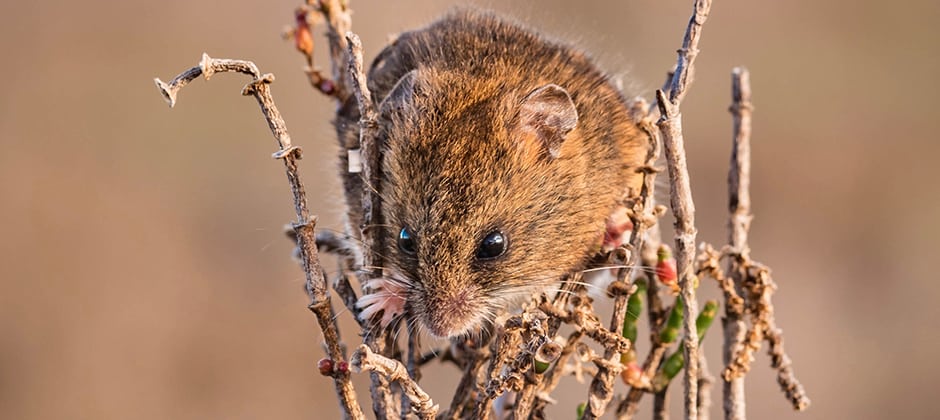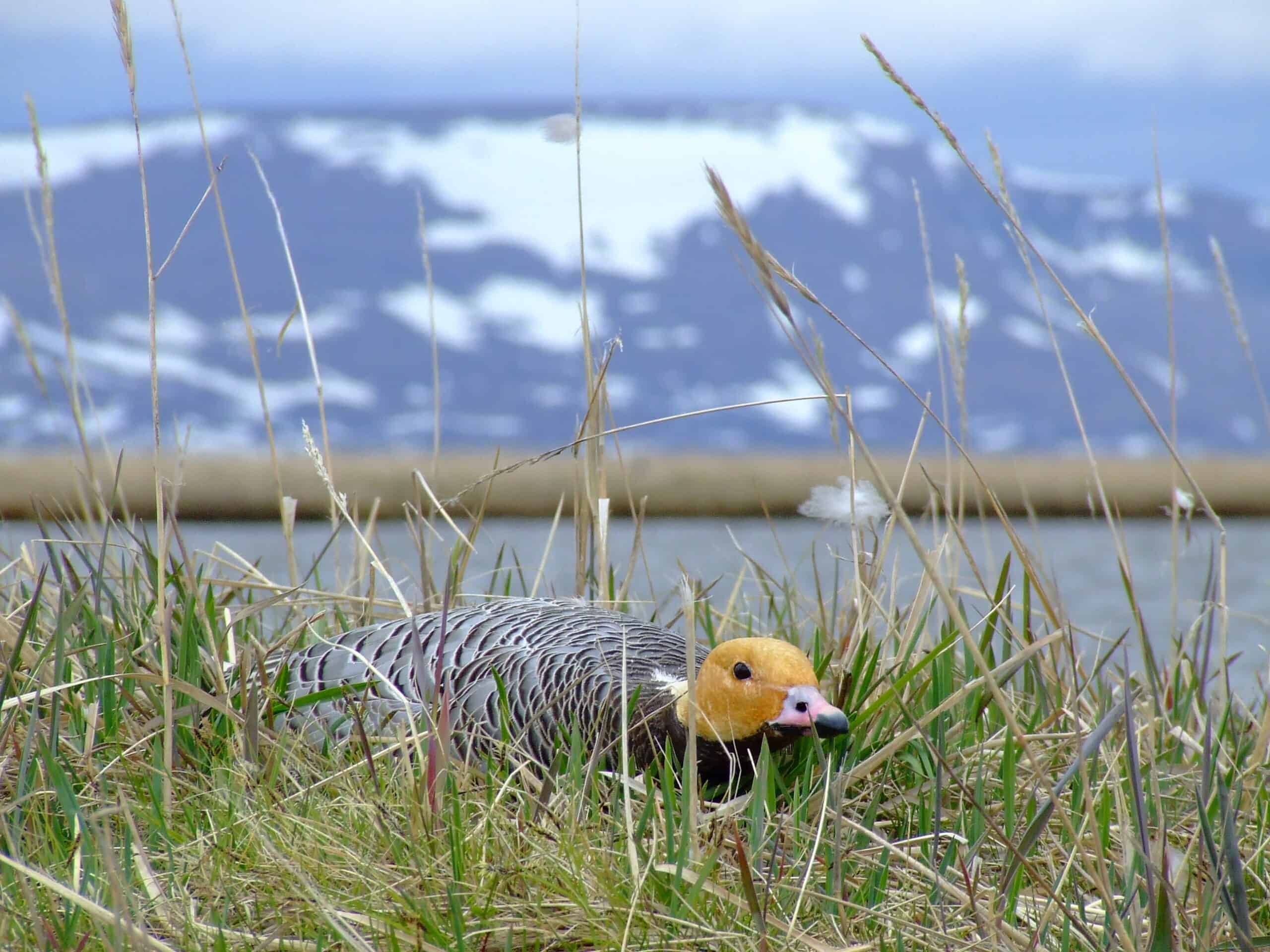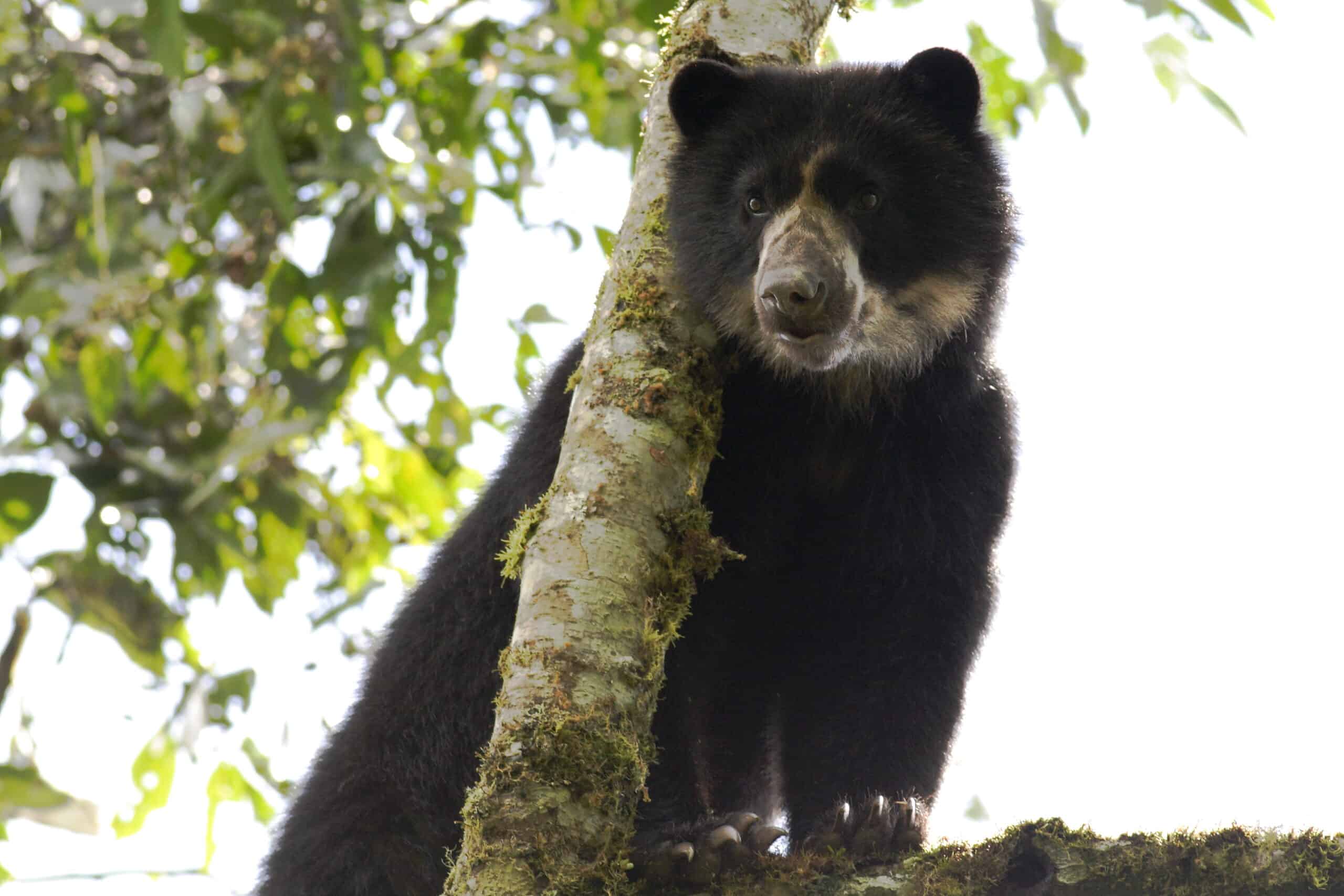Share this article
Telling mice apart can help with conservation
Researchers recently found a way to tell an endangered mouse from a lookalike species that’s not at risk. The finding, in turn, can help with the endangered species’ conservation.
The salt marsh harvest mouse (Reithrodontomys raviventris), only found along the San Francisco Bay, has a relatively small geographic range, restricted to salt and brackish coastal marshes. One of the first species listed under the Endangered Species Act, the mouse has a doppelganger—the western harvest mouse (Reithrodontomys megalotis). That species is closely related to the salt marsh harvest mouse, but it is abundant and has a massive range.
“To most people, when you hold the two mice together, they’ll have a really hard time differentiating between them,” said Mark Statham, an associate researcher at the University of California Davis. “Because of issues with trying to differentiate between two species, this could give a false impression of how the endangered species is doing.”
There are two different subspecies of salt marsh harvest mice. One is in the north along the San Pablo and Suisun bays. The other is in the south, around the San Francisco Bay. Previous methods to identify the southern subspecies did not work very well. After conducting a genetic study, Statham found that they worked as well as flipping a coin. “Because of that, we have been reliant on genetics to differentiate between the species,” he said.
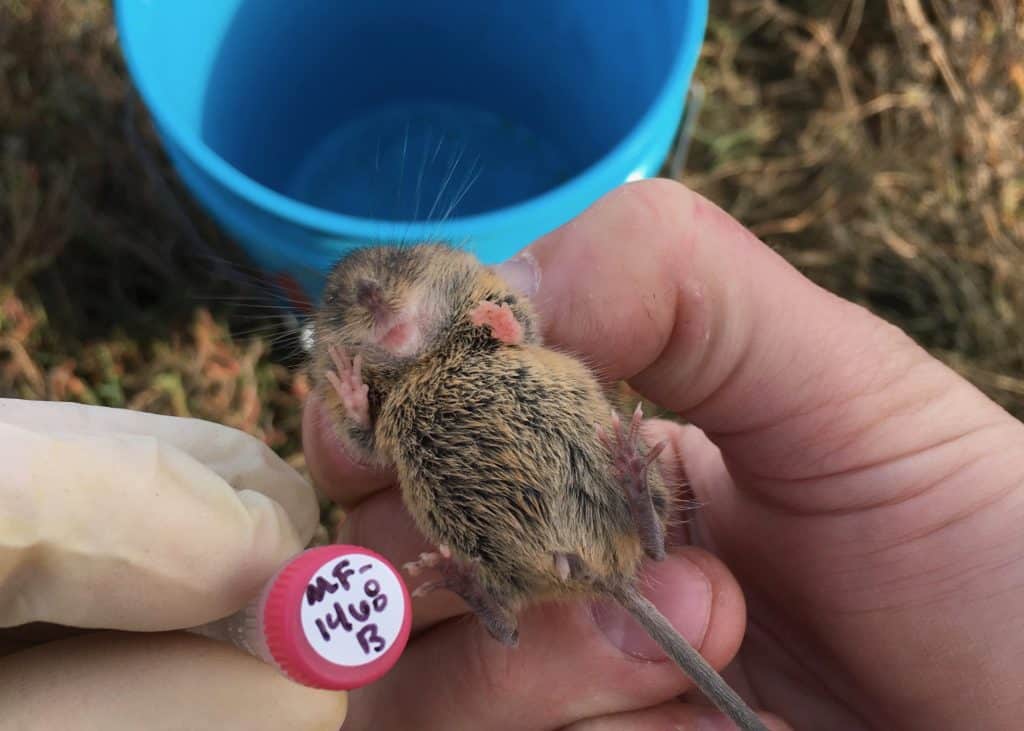
A biologist checks the belly of a salt marsh harvest mouse to confirm its species identification.
Credit: Mark Statham, UC Davis
Statham, who led a study on a different method to distinguish the species published in the California Fish and Wildlife Journal, and his colleagues went into the field and trapped southern salt marsh harvest mice at 14 sites throughout their range, measuring 10 different characteristics, like size, tail length, body weight and fur color characteristics. Then, they took a genetic sample to confirm the species.
After conducting conventional statistical analyses and using a machine learning approach, they found a couple key features they could use to tell the species apart. Unlike their abundant relatives, southern salt marsh harvest mice had reddish bellies and tan tails.
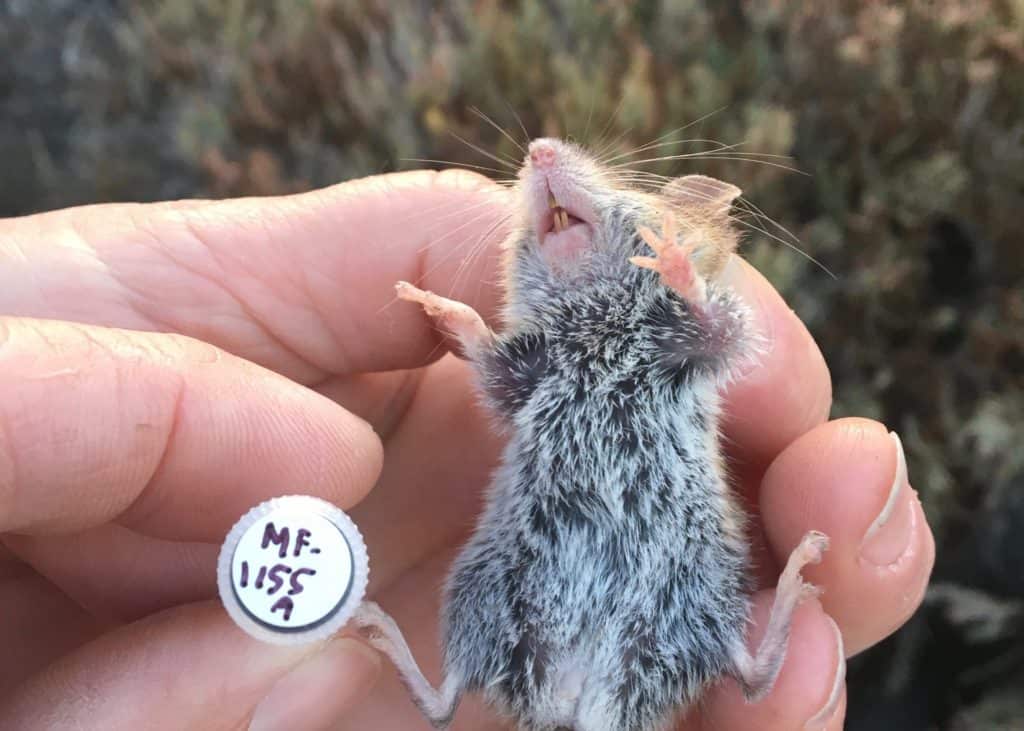
A biologists inspects a western harvest mouse’s grayish-white belly to discern it from the similar-looking salt marsh harvest mouse, which has a more reddish tint to its abdomen. Credit: Courtesy Mark Statham, UC Davis
Statham was surprised by the findings. “We took all these measurements and things at the start of the work, and I was really not sure if we were going to be able to come up with a method to differentiate between the two,” he said. “I thought nearly all of them have overlap.”
Using this information, they designed a decision tree—a type of morphological key—to simply and accurately identify harvest mice species in the field. “By taking these steps and sequentially asking these questions, we were able to get 94% of mice with 99% accuracy,” he said.
This new information is already being applied by the California Department of Fish and Wildlife, Statham said. But it would be helpful for consulting firms to use this information, too, he said, when they’re involved in construction projects and other habitat modifications in salt marshes that could impact the species.
Header Image: The endangered salt marsh harvest mouse, endemic to the San Francisco Bay Area, is easily mistaken for the abundant western harvest mouse. Credit: William Thein



